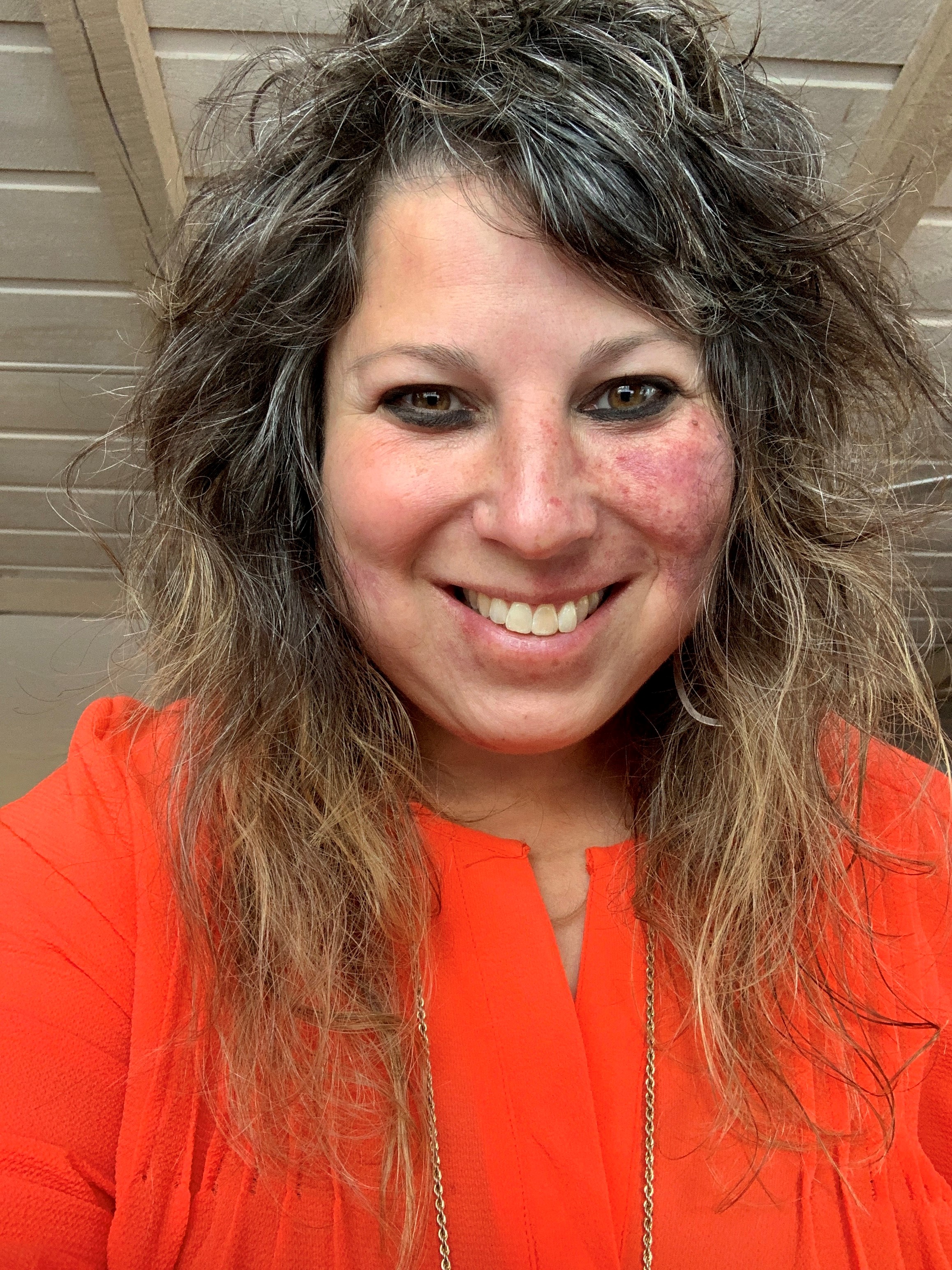Often-missed liver disorder associated with higher heart disease risk
An estimated one in four adults worldwide has an abnormal build-up of fat in the liver, called non-alcoholic fatty liver disease (NAFLD), which can lead to permanent liver damage, according to a new statement released by the American Heart Association.
The scientific statement published in the journal, Arteriosclerosis, Thrombosis, and Vascular Biology, reported that heart disease is the leading cause of death for people living with fatty liver disease. NAFLD occurs when abnormally elevated amounts of fat are deposited in the liver, sometimes resulting in inflammation and scarring.
Often missed in a routine medical screening, NAFLD can go undiagnosed for years. The statement defined two types of NAFLD- one type is when only fat is present in the liver (called non-alcoholic fatty liver), and the other type occurs when inflammation and scarring are also present (called non-alcoholic steatohepatitis, or NASH). Excess alcohol intake can cause similar fat deposits and liver dysfunction, so the term NAFLD is used to differentiate between disease caused by excess alcohol intake vs. disease without alcohol as the underlying cause.
According to the statement, hepatic complications from NAFLD include nonalcoholic steatohepatitis, hepatic cirrhosis, and hepatocellular carcinoma. In addition, NAFLD is a risk factor for atherosclerotic cardiovascular disease, which is the principal cause of death in patients with NAFLD.
“Nonalcoholic fatty liver disease is a common condition that is often hidden or missed in routine medical care,” said P. Barton Duell, MD, FAHA, chair of the statement writing committee and professor of medicine in the Knight Cardiovascular Institute and Division of Endocrinology, Diabetes and Clinical Nutrition at Oregon Health & Science University in Portland, Oregon. “It is important to know about the condition and treat it early because it is a risk factor for chronic liver damage and cardiovascular disease.”
Integrative practitioners who work with patients at risk of this disease can work on lifestyle changes and treatment plans to mitigate any complications in the future.




















SHARE